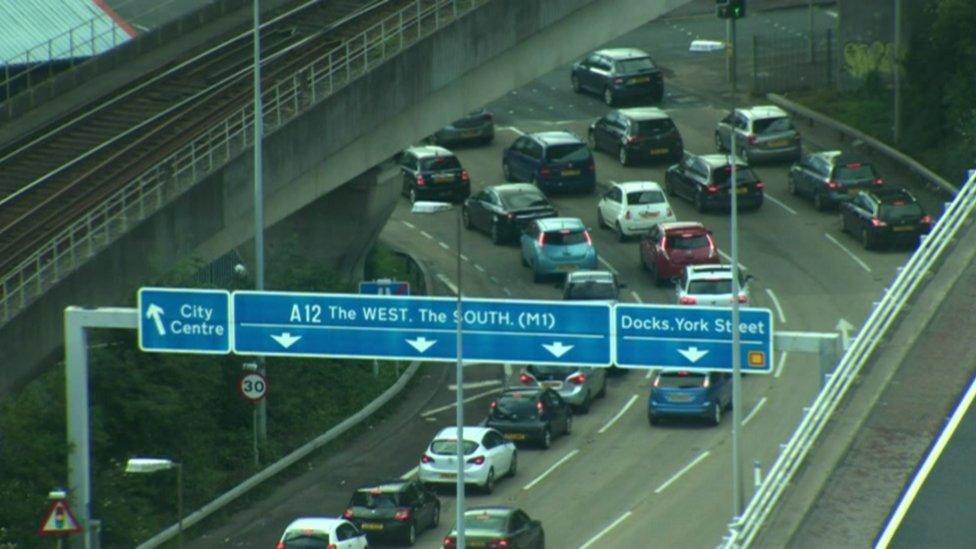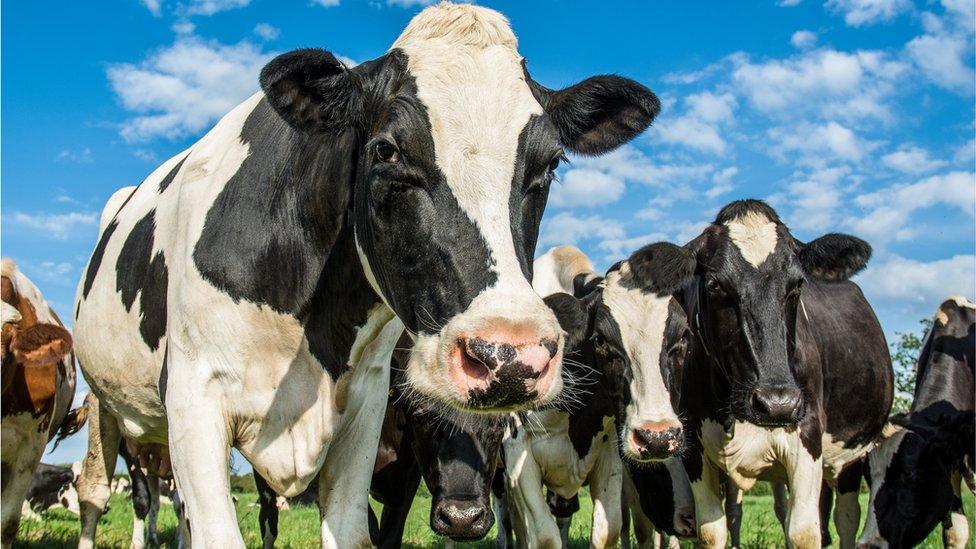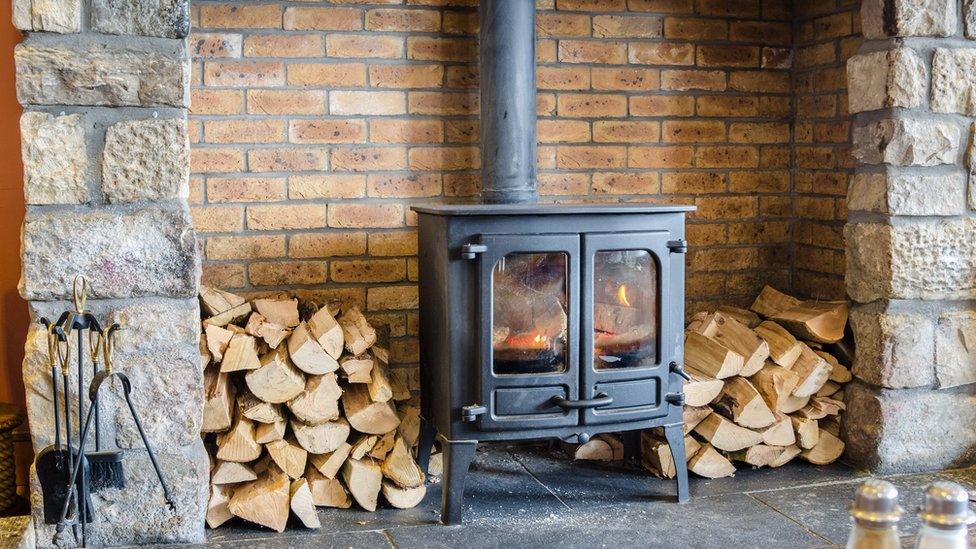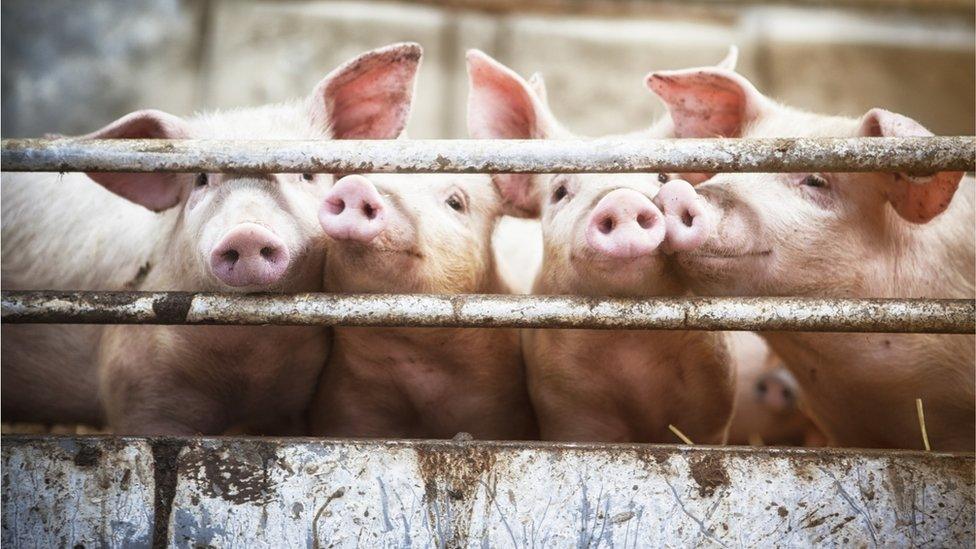Clean Air Strategy: Traffic pollution 'significant problem' in NI
- Published

Belfast is in breach of clear air targets but the rest of Northern Ireland is compliant
The government has published a clean air strategy that details the issues that Northern Ireland must address.
The plan states that problems in Northern Ireland come from three sources.
They are road traffic emissions, particulate matter from the burning of coal and ammonia emissions from agriculture.
Air quality is a devolved matter and a separate strategy is being prepared for Northern Ireland.
Proximity to the sea ensures a good supply of clean air.
Belfast target breach
Air in Northern Ireland has some of the lowest levels of pollution but levels of some pollutants are falling slower than elsewhere in the UK.
Nitrogen oxide pollution from traffic is a "significant problem" with little change in the number of journeys being taken on public transport.

Emissions of ammonia have been driven by an increase in cattle numbers
Belfast is in breach of targets but the rest of Northern Ireland is compliant.
Emissions of ammonia in Northern Ireland have increased by 5% since 2005 - the bulk of it from farming.
That reflects the relative importance of agriculture to the Northern Ireland economy.
It is deposited as nitrogen and can damage sensitive and protected habitats.
Levels have been driven by an increase in cattle numbers in recent years and a "large increase" in the pig population, which is up 60% between June 2005 and June 2016.
High ammonia concentrations
Much of the problem comes from how livestock slurry is managed and spread.
Areas like the Ards pensinsula in County Down and Mid-Ulster have high ammonia concentrations.

Sixty-six percent of homes do not have access to gas or electric central heating
The Department of Agriculture, Environment and Rural Affairs (DAERA) is working on a plan to address ammonia levels.
The UK Clean Air Strategy, external suggests that farmers in Great Britain will be asked to switch to fertilisers that emit less ammonia; to spread slurry using low emission spreading equipment and cover existing slurry stores.
It also says any new livestock housing will have to meet new mandatory design standards and livestock farms will need an environmental permit.
The rise in popularity of wood-burning stoves and the number of homes that rely on oil or solid fuel also contributes to pollution in Northern Ireland.
Sixty-six percent of homes do not have access to gas or electric central heating, compared with 9% in England, 10% in Scotland and 14% in Wales.
DAERA has commissioned research into pollution from solid fuel burning.
- Published14 January 2019

- Published23 May 2018
